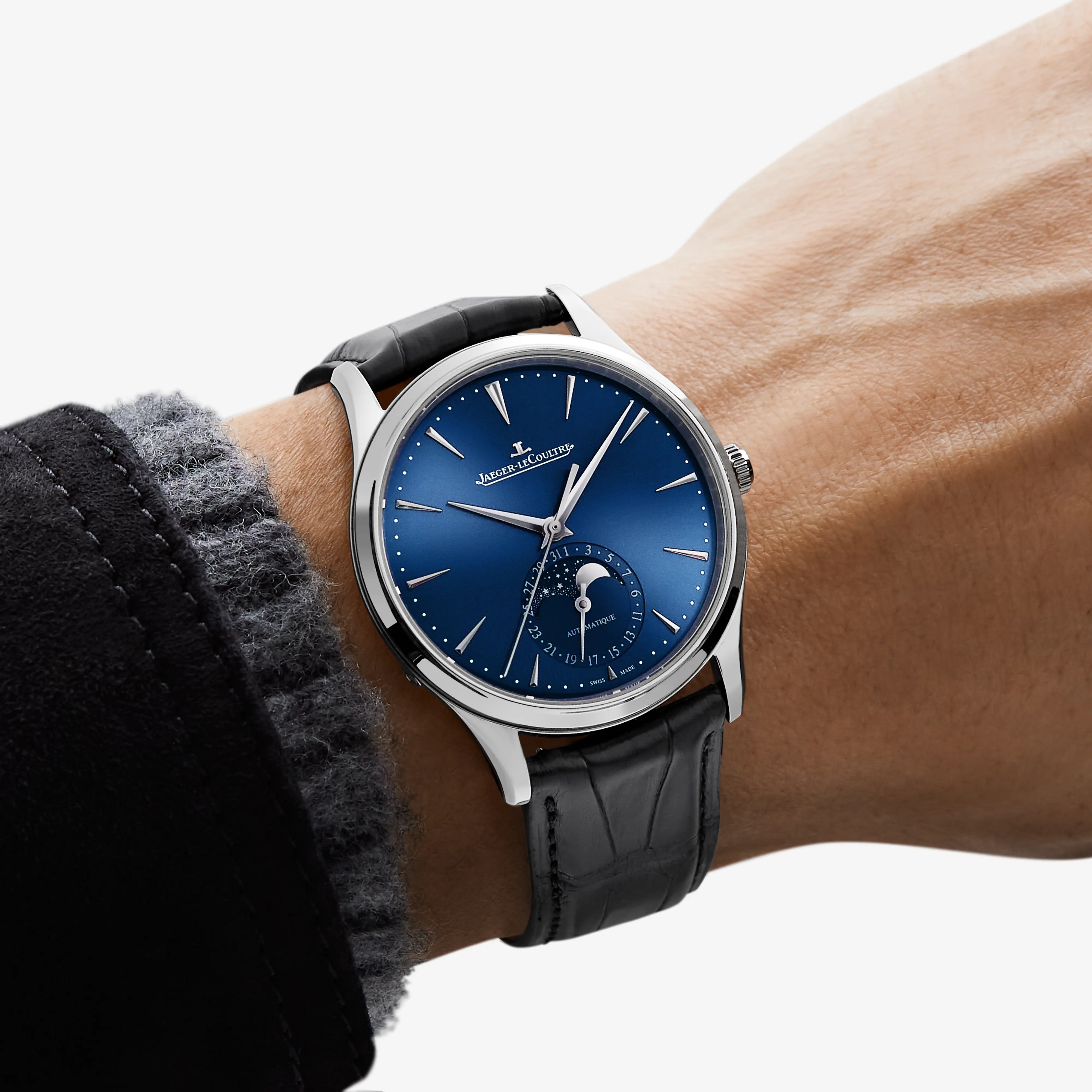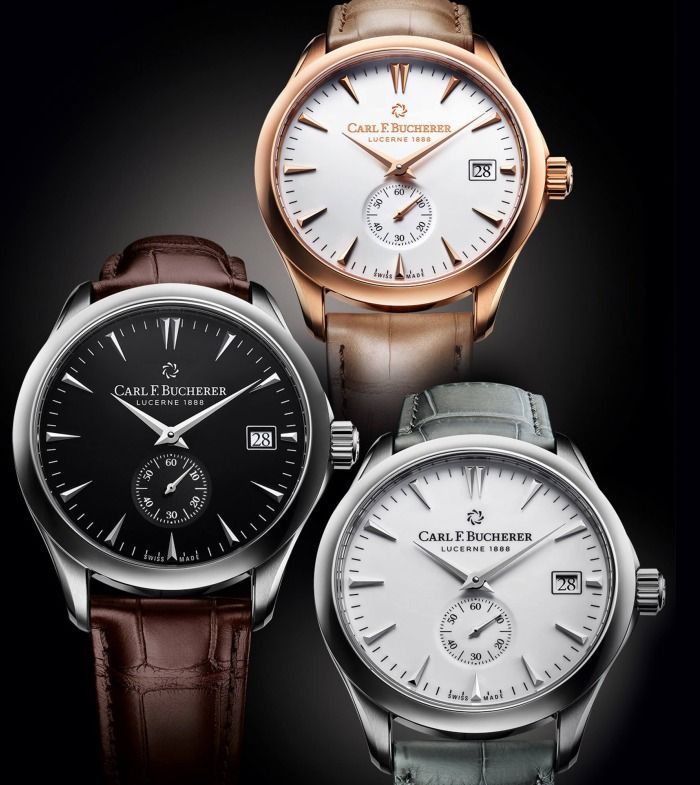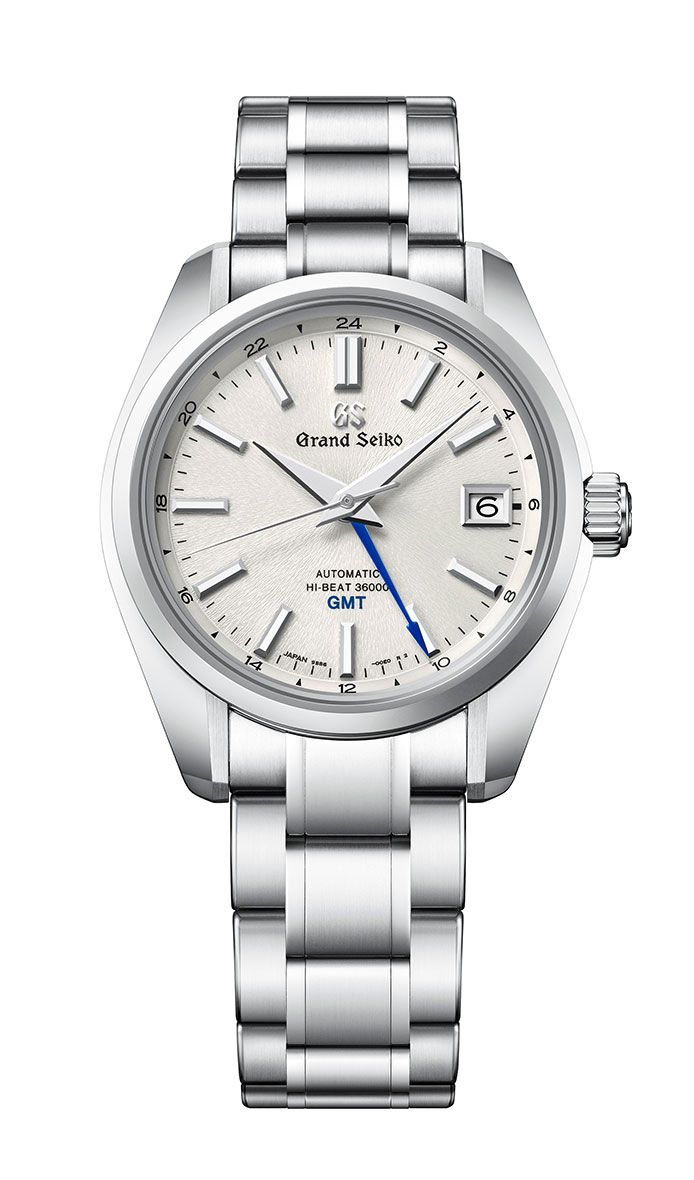Know Your Watches: What Are Dauphine Hands?
Dauphine hands are one of the most distinctive and elegant features in horology, a testament to both functional design and aesthetic refinement. These uniquely shaped hands have adorned some of the finest timepieces over the decades and continue to be a preferred choice for many watchmakers and collectors alike. In this article, we will explore what dauphine hands are, their history, how they are made, and why they remain a symbol of sophistication in watch design.
What Are Dauphine Hands?
Dauphine hands are characterized by their long, tapered shape that comes to a sharp point at the end. Typically, they are triangular or faceted, creating a geometric appearance that adds depth and dimension to a watch dial. The faceted design allows the hands to catch and reflect light, providing an additional layer of visual intrigue.

Unlike other types of watch hands, such as sword or baton hands, dauphine hands often have a slimmer profile and a more refined shape. They are usually used in dress watches or timepieces that emphasize minimalism and elegance, as their clean and precise design pairs well with simple, uncluttered dials.
The History of Dauphine Hands
The name “dauphine” originates from the French term for the heir apparent to the French throne, called the “Dauphin.” While there’s no definitive historical link between this royal title and the design of the hands, the term may have been chosen due to the regal and elegant nature of these hands.
Dauphine hands became popular in the mid-20th century, particularly during the 1940s and 1950s. This was a time when watch design shifted towards clean, modern aesthetics. As wristwatches became the norm over pocket watches, there was an increasing emphasis on creating stylish and slim designs, and dauphine hands fit perfectly within that trend. Brands such as Omega, Longines, and Patek Philippe played a significant role in popularizing dauphine hands during this era, using them in some of their most iconic models.
How Dauphine Hands Are Made
Crafting dauphine hands requires precision and expertise, as their sharp edges and faceted surfaces must be cut and finished to perfection. The hands are typically made from metals such as stainless steel or gold, though more modern interpretations may also use lightweight materials like titanium.

The faceted design is one of the most critical aspects of dauphine hands. By polishing the facets to different levels of finish—whether brushed, polished, or even frosted—watchmakers create a dynamic interplay of light and shadow as the hands move across the dial. This not only enhances legibility but also gives the watch an extra layer of detail that appeals to collectors and enthusiasts.
In high-end watches, the dauphine hands are often finished by hand to ensure that every edge is sharp and every surface polished to perfection. This attention to detail is part of what makes dauphine hands such a favored choice in luxury watches. One of the key reasons for the enduring popularity of dauphine hands is their versatility. These hands can complement a wide variety of watch styles, from vintage-inspired timepieces to contemporary designs. Their sleek, geometric look pairs well with minimalist dials, but they can also be used in more elaborate designs without overwhelming the overall aesthetic.
Iconic Watches Featuring Dauphine Hands
Several watch models have become iconic for their use of dauphine hands. One example is the Omega Constellation from the 1950s, which prominently featured dauphine hands alongside its star-stamped dial. This watch became a symbol of luxury and precision in its time and remains highly collectible today.

Another notable example is the Patek Philippe Calatrava, a model known for its timeless and understated design. The dauphine hands on this watch complement its minimalist dial, emphasizing the simplicity and elegance of the timepiece.
More recently, brands like Grand Seiko have employed dauphine hands in their collections, combining modern materials and techniques with the classic look. The sharp angles and mirror-polished facets on their dauphine hands are renowned for their precision and beauty, demonstrating that this design element can evolve with contemporary watchmaking without losing its charm.
The Future of Dauphine Hands
As watch design continues to evolve, the demand for clean and classic aesthetics remains strong. Dauphine hands are likely to continue being a staple in both luxury and dress watches due to their unique combination of beauty and functionality. Even as watchmakers experiment with new materials and technologies, the timeless appeal of these hands ensures they will always have a place in horology.

Additionally, with the resurgence of interest in vintage watches and retro-inspired designs, dauphine hands are making a strong comeback. Many modern watches, especially those in the dress and luxury categories, are using dauphine hands to evoke a sense of history and craftsmanship, appealing to collectors who appreciate classic watch design.
No articles found





